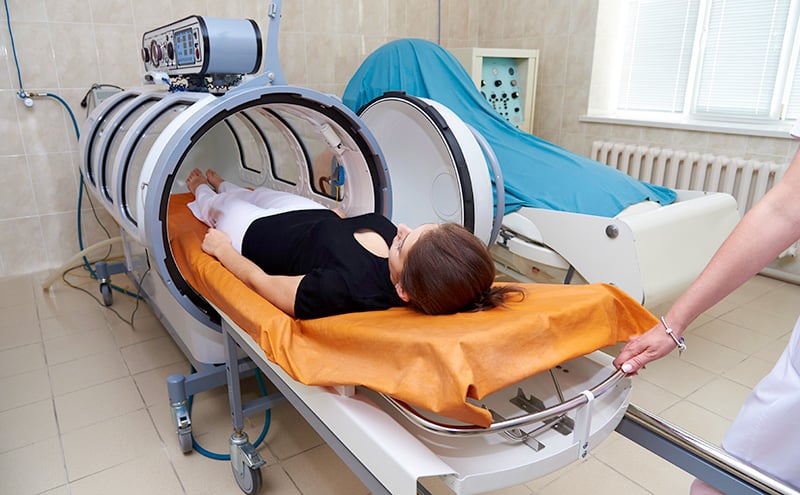
Probing the Literature: Point-of-Care Ultrasound and Hyperbaric Oxygen Therapy: Illuminating Possibilities in CRAO Diagnosis and Treatment
Guest Speaker: Nicholas Cozzi, MD, RUSH University Medical Center
Summary: Dan Mirsch, DO, FACEP, University at Buffalo, Jacobs School of Medicine and Biomedical Sciences, SUNY
This week's Journal Club delved into CRAO (Central Retinal Artery Occlusion), exploring the potential of point-of-care ultrasound (POCUS) for diagnosis and hyperbaric oxygen therapy (HBOT) as a treatment option. Led by Dr. Nicholas Cozzi, the discussion revealed challenges to existing practices and sparked avenues for further research.
The Power of POCUS
- Rapid Diagnosis: Unlike conventional methods, POCUS offered swift diagnosis of CRAO, even in the absence of the "retrobulbar echolucent spot sign." This underscores the versatility of POCUS in emergency situations.
- Beyond Spot Signs: The discussion encouraged exploring color flow and pulse wave Doppler on POCUS to better characterize patients before and after HBOT. This adds follow-up capabilities to traditional diagnostic methods.
HBOT: A Glimmer of Hope
- Beyond the Window: While conventional treatments have a limited time window, HBOT emerged as a potential option for patients outside this window. Current research is unclear and suffers from small sample sizes.
- Collaboration is Key: Dr Cozzi emphasized the crucial role of collaboration between ophthalmology, neurology, and other specialists for optimal patient care when considering HBOT. This multidisciplinary approach ensures informed decision-making and comprehensive care.
Research Frontiers
- Efficacy and Timing: The efficacy of HBOT and the optimal timeframe for its application in CRAO require further investigation. Collaborative research efforts across centers and specialties are essential to establish standardized protocols and guidelines. Consider retrospective analyses for low frequency events.
- Generalizability: The current data might not readily translate to all healthcare settings. More research is needed to assess the generalizability of these findings across different patient populations and resource limitations.
Call to Action
POCUS Fellows: Embrace your expertise! Explore the potential of POCUS beyond established findings and consider color flow and Doppler examinations in CRAO cases.
- Collaborate: Build strong relationships with other specialties, fostering a collaborative approach to patient care and research.
- Contribute to the Future: Engage in research exploring HBOT for CRAO, focusing on efficacy, timing, and applicability in diverse settings.
This Journal Club discussion showcased the dynamic landscape of CRAO diagnosis and treatment. POCUS and HBOT present promising avenues, but further research and collaboration are key to unlocking their full potential for improving patient outcomes. Remember, your expertise and curiosity can play a vital role in pushing the boundaries of knowledge and advancing medicine!



